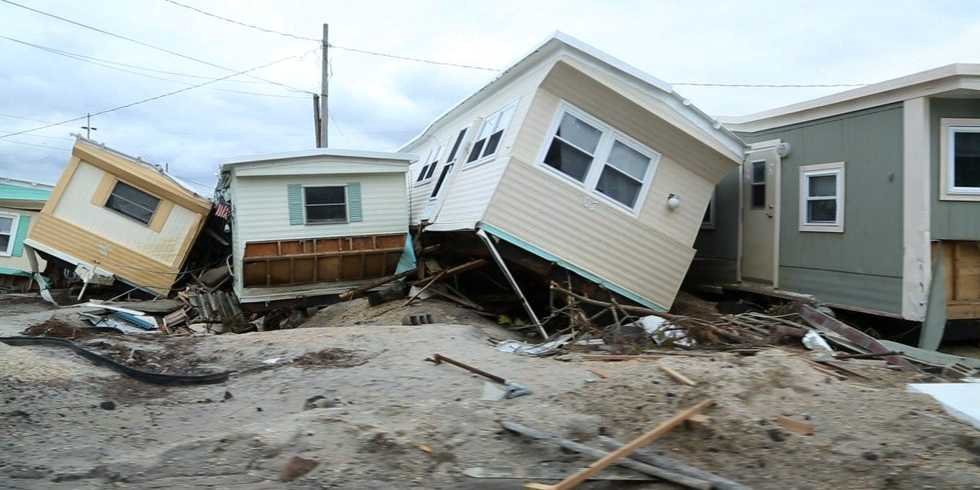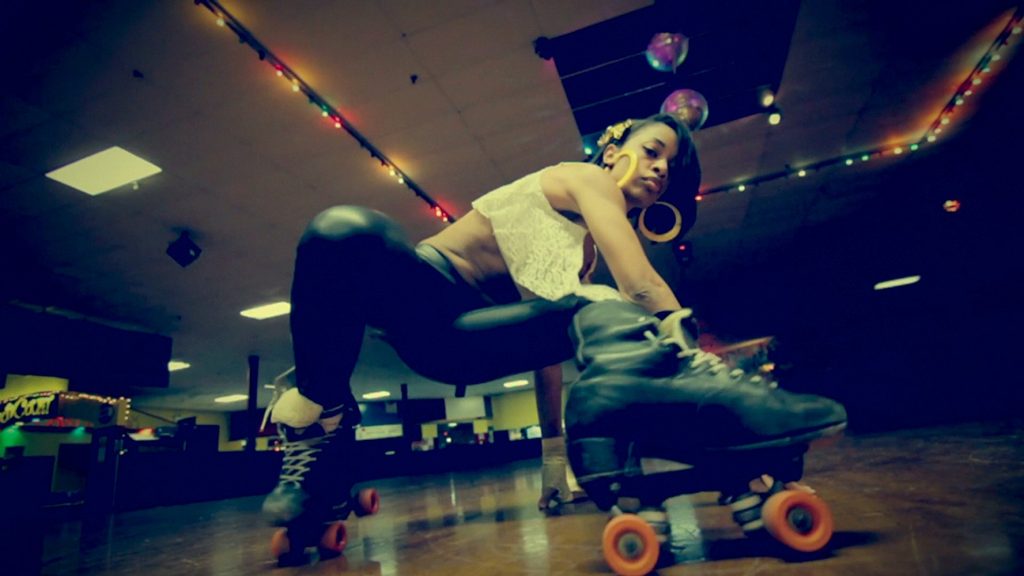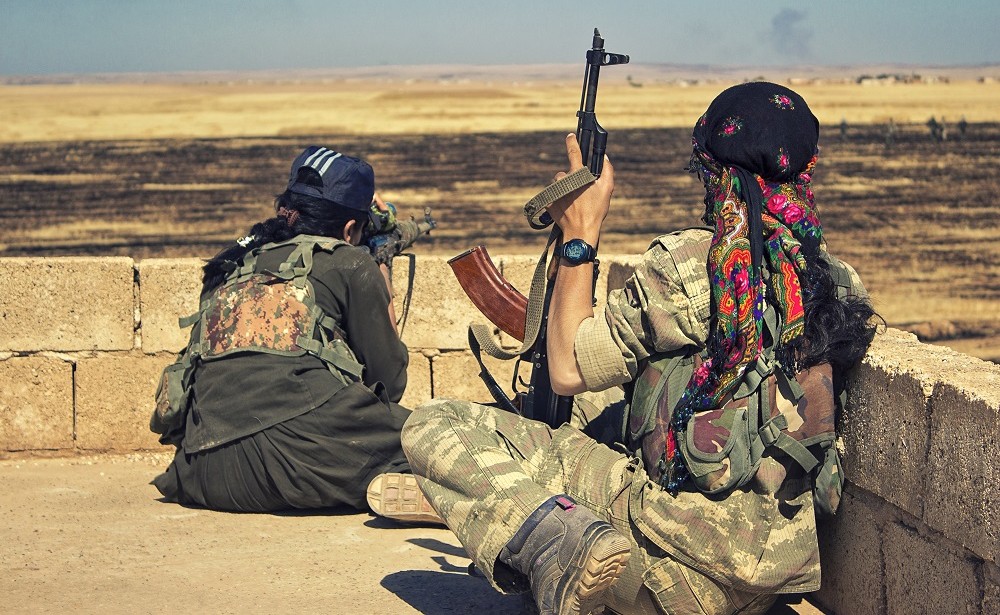This Time Next Year is Jeff Reichert and Farihah Zaman’s first feature documentary as co-directors. Their short film “Remote Area Medical” premiered at the 2013 Full Frame Documentary Film Festival and won numerous awards at festivals nationwide. Their newest short, “Kombit,” premiered at the 2014 Sundance Film Festival. (Press materials)
This Time Next Year will premiere at the Tribeca Film Festival on April 25.
Please give us your description of the film playing.
This Time Next Year is a portrait of a Jersey Shore community in the year following Hurricane Sandy. Long Beach Island lives up to its name: Eighteen miles long and just a few blocks wide, the barrier island is synonymous with summer for people around the world. It’s also the place a small tribe of year-round locals proudly cling to in spite of its vulnerability. The film delves into the personal stories of those rebuilding after the storm, the smaller and more intimate ways in which disaster has affected their community, but also the larger question of how we reconcile the very human attachment to home with the reality of the rising tides.
What drew you tothis story?
My partner Jeff Reichert and I have a very strong connection to Long Beach Island — his mother grew up in this small community and remembers being evacuated from her home for the storm of 1962. We spend some time every summer there, and as we bike around the around the island with his relatives, hear myriad stories about his aunt’s first kiss, his uncle’s first job, and the record hop at the Beach Haven fire station where his parents first met. We got engaged on LBI. As soon as Hurricane Sandy hit, we wondered about the state of our beloved island — and found it devastated.
As we began to speak with local families and business owners, we realized that the LBI identity, on the one hand idiosyncratic in its traditions, on the other, a kind of iconic seaside community, would be a unique way to explore the effects of a natural disaster. We knew immediately that we wanted to film for a specific amount of time that was much longer than the two months or so that the news remains interested, to show how far-reaching the effects of the storm have been and just how long recovery can take.
What was the biggest challenge?
The biggest challenge with this film, as I imagine is the case for many documentary filmmakers, was building a relationship with the families. Many were comfortable with interviews, even on a frequent basis, but it takes time and a real connection to get to a place where you’re with someone and their entire extended family on Thanksgiving Day and they feel completely at ease. At this point we have become friends with many subjects in the film.
It was particularly challenging working with teenagers. I had this notion that hey, I’m pretty young, I’m sort of cool, they’ll just accept me into the fold. No, absolutely not. They sniffed out my advanced age and attendant lameness immediately — I felt like Drew Barrymore in Never Been Kissed. But again, it was about time and trust, for them to understand why we were there and what we were trying to accomplish.
What advice do you have for other female directors?
Take charge. Learn as much as you can about the equipment, your budget, any of the stuff that sexists (and I’ve worked with some, however benign) might assume you know less about, because having a fuller understanding of all those myriad parts will make you a better filmmaker anyway. Honestly, I’m still learning myself.
My partner and I generally switched off shooting and sound on this film, but there were times when, if we were filming, say, a high school homecoming game, I would ask if I could shoot out of turn or take the camera from him because I wanted those boys to see a woman behind the camera, and to understand my role moving forward.
What’s the biggest misconception about you and your work?
I feel I’m early enough in my filmmaking career that I haven’t quite earned any consistent misconceptions about my work, but people are sometimes surprised that my interest has thus far been focused on small US communities. I am Bangladeshi-American and grew up mostly in India and Nepal, and I think there is sometimes an assumption that this means I’ll automatically want to make films about those countries, or something more global. I would eventually, but for the time being it is actually that pseudo-outsider’s perspective, being both American and not, that has made me so fascinated with learning about regional communities, what makes them uniformly American and what makes them completely unique, and the kind of upbringing I might have had with just a few different decisions on the part of my parents.
Do you have any thoughts on what are the biggest challenges and/or opportunities for the future with the changing distribution mechanisms for films?
The biggest challenge, as ever, is how the filmmaker earns an income making films, and that has become even more of an issue as the traditional distribution model has been completely altered. It’s also more important than ever — tedious, but important — for filmmakers to become familiar with various platforms and the standard deals for each, because rights are more likely to be sold piecemeal than handed off to one company all nice and neat. Even if you are one of the chosen to get a fair all rights deal with a distributor, times are tough and no one will care more about your film than you, so it’s good to find out what’s standard and keep an eye on things as long you also have realistic expectations and choose your battle wisely.
Name your favorite women directed film and why.
There are so many, but a more recent film that absolutely deserves to be added to the list is Chantal Akerman’s Almayer’s Folly. The themes of the film certainly speak to some of my interests, with the exploration of diaspora, global identity, and colonialism, but more important than my personal connection is the fact that Akerman made the emotions in the film so tactile; the sense of oppression, the weight of failure, are as palpable as the tropical Malaysian heat. It is risky, messy, dream-like — in a way very deliciously unlike her structured, tightly wound masterpiece Jeanne Dielman.







